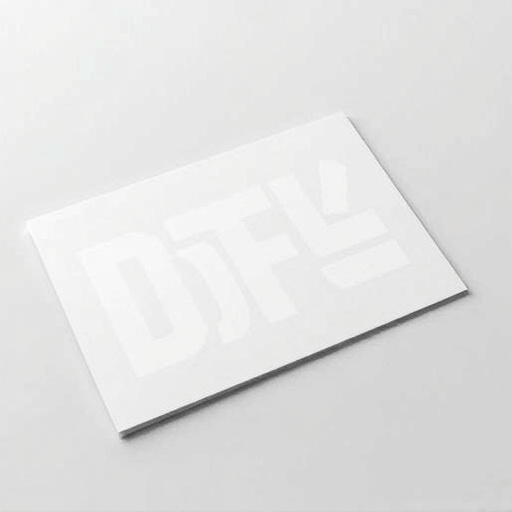Cold air intakes (CAI) significantly enhance engine performance by drawing in colder, denser air, improving throttle response and oxygen availability for combustion. This results in quicker acceleration, smoother power delivery, better low RPM efficiency, and a more responsive accelerator. CAIs reduce backpressure, further optimizing engine breathing for improved fuel economy and reduced emissions. Among car enthusiasts, these intakes are popular for their combination of superior driving dynamics and improved vehicle efficiency. To maximize off-the-line performance, tuning the engine's computer (ECU) for adjusted fuel injection and ignition timing is recommended, along with regular maintenance and high-quality fuel.
“Unleash your vehicle’s true potential with an upgrade that offers more than just aesthetics—we’re diving into the world of cold air intake (CAI) and its profound impact on throttle response. This article explores how this simple modification enhances both performance and fuel efficiency, providing a powerful boost at startup and during acceleration. By optimizing your engine’s off-the-line response, you gain control and efficiency, making every drive an exhilarating experience. Let’s uncover the science behind CAI and learn how to harness its potential.”
- Understanding Cold Air Intake and Throttle Response
- The Impact on Vehicle Performance and Efficiency
- How to Optimize Your Engine's Off-the-Line Response
Understanding Cold Air Intake and Throttle Response

Cold air intake (CAI) and throttle response go hand in hand when it comes to enhancing engine performance. CAI is a modification designed to improve airflow into the engine by drawing in colder, denser air from outside the vehicle, typically through an opening in the fender well or under the hood. This simple yet effective upgrade can significantly impact throttle response, making the accelerator feel more responsive and delivering smoother power delivery.
The improved throttle response is mainly due to the increased oxygen availability for combustion. Cold air is denser, which means it carries more oxygen molecules per unit volume compared to warm air. By drawing in colder air, the engine gets a richer mixture of air and fuel, resulting in better combustion efficiency. This immediate boost in airflow translates into quicker acceleration and a more responsive driving experience, especially at low RPMs.
The Impact on Vehicle Performance and Efficiency

In modern vehicles, the engine’s performance and efficiency are significantly influenced by the air intake system. One notable aspect is the role of a cold air intake (CAI), which optimizes airflow to the engine. By drawing in cooler air from outside the vehicle, a CAI enhances throttle response—the speed at which the engine accelerates when you press the gas pedal. This improvement is due to the fact that cooler air is denser, providing more oxygen molecules for combustion, thereby increasing power output and efficiency.
Moreover, a well-designed CAI system can reduce backpressure in the intake manifold, allowing the engine to breathe easier. This not only improves throttle response but also enhances overall engine performance, leading to better fuel economy and reduced emissions. The combination of these benefits makes a cold air intake a popular modification among car enthusiasts seeking both enhanced driving dynamics and improved vehicle efficiency.
How to Optimize Your Engine's Off-the-Line Response

Optimizing your engine’s off-the-line response involves several key strategies, particularly focusing on enhancing airflow and throttle control. One effective method is to install a cold air intake system, which draws in cooler, denser air from outside the vehicle, improving combustion efficiency. This simple upgrade can lead to noticeable improvements in throttle response, making your engine more responsive during acceleration.
Additionally, tuning the engine’s computer (ECU) can play a significant role in refining off-the-line performance. Adjusting fuel injection and ignition timing settings allows for better power delivery, ensuring the engine exploits the full potential of the improved airflow. Combining these modifications with regular maintenance and high-quality fuel ensures your engine maintains optimal health, delivering swift and powerful responses every time you hit the accelerator.
Optimizing your engine’s off-the-line response through cold air intake (CAI) and throttle control can significantly enhance both vehicle performance and efficiency. By improving throttle response, you gain better acceleration and a smoother driving experience. Implementing the right CAI system and making adjustments to your throttle settings can lead to noticeable improvements in power delivery, especially under heavy load or during quick lane changes. This article has provided insights into understanding these components, their effects on vehicle dynamics, and practical tips for optimization, ensuring folks can make informed decisions to get the most out of their vehicles’ performance potential.














